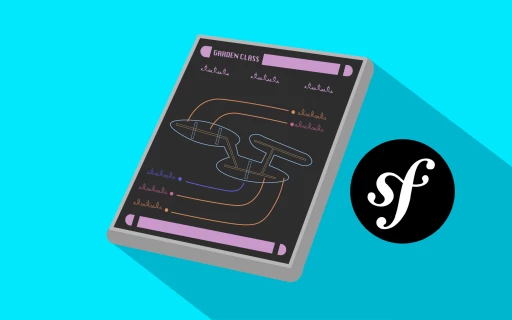Doctrine, Symfony 7 & the Database
Database and Doctrine + Symfony 7 time: learn how to insert and update entities, generate migrations for schema changes, query for data and much more.
- beginner
- 1216 students
- EN/ES Captions
- EN/ES Script
- Certificate of Completion
Your Guides
About this course
Woh! You're already two courses into Symfony. Time to go to warp 11 by "engaging" a database!
This tutorial is all about the database and a library called Doctrine: a powerful ORM that will allow us to talk to a database from inside our Symfony app. With the power of PHP 8 attributes & tools inside Symfony, Doctrine is not only crazy powerful, it's just fun to work with. You are going to love it!
Next courses in the Symfony 7: The Fundamentals section of the Symfony 7 Track!
3 Comments
Sort By
Hey @miskynscz!
Look for this to start being released in the next week!




Hi!
I have a question about the release of this course. Do you have any info when this course will come out?